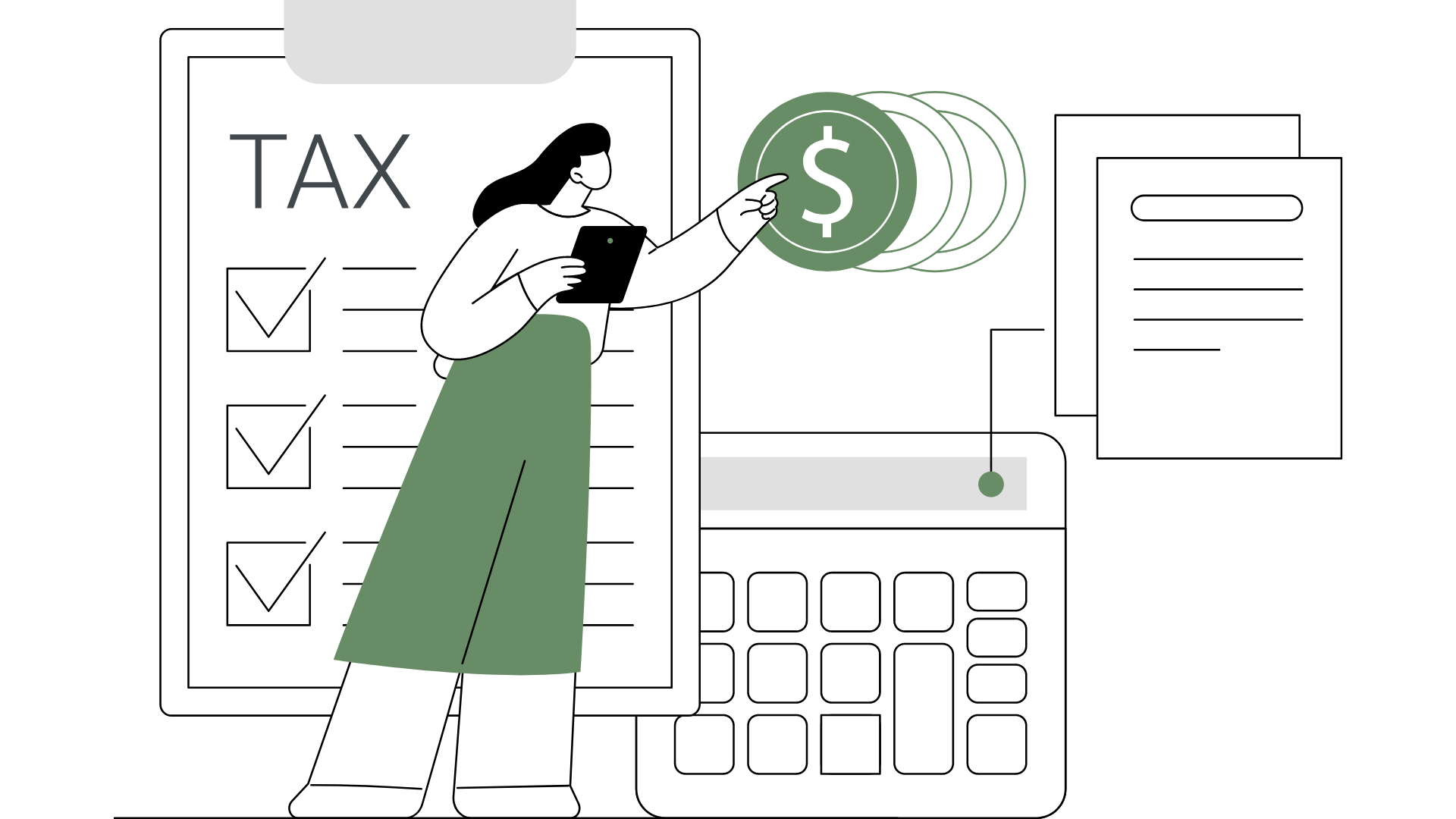Understanding tax-advantaged accounts can seem daunting, but it doesn't have to be. When you're saving for retirement, these accounts offer significant tax benefits that can help you maximize your savings.
This guide provides essential information about tax-advantaged accounts, helping you understand how they can benefit your financial future.
What are Tax-Advantaged Accounts?
Tax-advantaged accounts are special savings accounts designed to help you save on taxes while you grow your money. These accounts are crucial for anyone aiming for financial independence, as they can significantly boost your savings.

These accounts are designed to encourage savings by providing tax incentives, which can significantly impact how much you save and earn over time.
There are various tax-advantaged accounts, each suited to different savings purposes. The most common ones include retirement accounts like 401(k)s and IRAs, education savings accounts like 529 plans, and health savings accounts (HSAs). The essential advantage of these accounts is how they handle taxes.
Contributions to some accounts may be tax-deductible, reducing your annual taxable income. Others offer tax-free growth, meaning the investments within the account grow without being taxed until you withdraw them. Some even allow for tax-free withdrawals if used for qualifying expenses.
Knowing how much money you need for financial security and figuring out when you'll be financially independent are essential to planning your retirement.
With ReachFi's financial planner, you can quickly calculate the amount you need and discover your age of financial independence.
Types of Tax-Advantaged Accounts
Tax-advantaged accounts come in various forms, each designed to help you save for financial independence.
Tax-Free Accounts
Tax-free accounts help you build savings without the burden of taxes on the growth and, in some cases, withdrawals.
There are three common types of tax-free accounts:
- 529 Plans - This plan encourages saving for future education costs. Contributions to a 529 plan grow tax-free, and withdrawals are tax-free when used for qualified education expenses, such as tuition, fees, books, and room and board. These contributions are made with post-tax dollars.
- Health Savings Accounts—This account helps you save for medical expenses. Contributions to an HSA are tax-deductible, and the funds grow tax-free. These contributions are made with both pre-and post-tax dollars. Withdrawals are also tax-free when used for qualified medical expenses.
- Roth IRAs - This retirement savings account offers tax-free growth and tax-free withdrawals in retirement. Contributions to a Roth IRA are made with after-tax dollars, so they don't reduce your taxable income in the year you contribute.
With tax-free accounts, you can maximize your savings and minimize tax liability, helping you achieve your financial goals more efficiently.
To learn more about how these accounts can help you build your savings, read our detailed article on tax-free accounts.
Tax-Deferred Accounts
Tax-deferred accounts are a popular tax-advantaged account designed to help you save for long-term goals, primarily financial independence.
There are two most popular tax-deferred accounts:
- 401(k) - With a 401(k), you can contribute a portion of your pre-tax income, which reduces your taxable income for the year. This means you pay less in taxes now, and the money you contribute grows tax-free until you withdraw it.
- Traditional IRA - The contributions to a traditional IRA may be tax-deductible, depending on your income and whether you or your spouse have access to a retirement plan at work. The investments within the IRA grow tax-free, and you pay taxes on the money only when you withdraw it.
The main advantage of tax-deferred accounts is that they reduce your taxable income during your high-earning years and defer taxes until retirement, when you may be in a lower tax bracket.
How do Tax-Advantaged Accounts Differ from Non-Tax-Advantaged Accounts?
Tax-advantaged accounts and non-tax-advantaged accounts each offer unique benefits for saving and investing.
Tax Benefits
The main difference lies in the tax treatment. Tax-advantaged accounts come with unique tax benefits. For example, contributions to traditional IRAs and 401(k)s can reduce your taxable income for the year.
Non-tax-advantaged accounts, like regular brokerage accounts, don't offer these benefits. Any income you earn, such as interest, dividends, or capital gains, is taxed yearly. This can reduce your overall returns over time.
Contribution Limits
Tax-advantaged accounts have contribution limits set by the government. These limits control how much you can invest each year. For instance, the IRS sets annual limits for 401(k)s and IRAs to manage tax-deferred or tax-free growth.
Non-tax-advantaged accounts don't have these restrictions. You can invest as much as you want.
Flexibility and Access
Tax-advantaged accounts often have rules and penalties for early withdrawals. For example, taking money from a traditional IRA before age 59½ usually results in a 10% penalty plus taxes.
Non-tax-advantaged accounts offer greater flexibility. You can withdraw funds from these accounts anytime without facing penalties, making them ideal for short-term goals or emergency funds where you need quick access to your money.
How Tax-Advantaged Accounts Impact Financial Independence
Tax-advantaged accounts offer tax benefits that help you save more efficiently, reduce your tax bills, and achieve your financial goals faster.
Maximizing Savings with Tax Benefits
Tax-advantaged accounts help you save more by offering tax benefits. For example, contributing to a traditional 401(k) or IRA lowers your taxable income, giving you immediate tax relief. Roth IRAs and 529 plans let your investments grow tax-free, so your gains aren't reduced by taxes. This means more money stays invested, which is working for you.
Compounding Growth
These accounts make the power of compounding even stronger. When your investments grow tax-free or tax-deferred, the money you would have paid in taxes stays invested. Over time, this can significantly boost your savings.
Reducing Tax Burden in Retirement
Tax-advantaged accounts offer tax-efficient ways to withdraw your money. Traditional accounts like 401(k)s and IRAs let you defer taxes until retirement when you might be in a lower tax bracket. Roth IRAs provide tax-free withdrawals, which can be a significant advantage if you expect to be in a higher tax bracket.
Flexibility and Control
Tax-advantaged accounts give you flexibility and control over your savings. Roth IRAs, for example, don't have required minimum distributions (RMDs), so your investments can keep growing tax-free as long as you want. 529 plans offer flexibility in how you use the funds, and you can even change the beneficiary to another family member if needed.
Takeaway
Understanding tax-advantaged accounts is essential for maximizing your savings and achieving financial independence. These accounts offer significant tax benefits, whether you're saving for retirement, education, or healthcare.
Leveraging options like 401(k)s, Roth IRAs, HSAs, and 529 plans can optimize your financial strategy and reduce your tax burden. Strategically using a mix of these accounts ensures you get the most out of your investments.
